There can be your advertisement
300x150
5 Secrets of a Beautiful Garden from a Landscape Designer
Tips worth taking to heart
A beautiful garden is, first and foremost, a harmonious garden with proper proportions and carefully selected plants that belong to our climate zone. We've gathered 5 secrets for creating a beautiful garden from a landscape designer — with their help, you can easily create a dream green corner.
Tatyana Mameeva, landscape design expert and studio director «LuxSAD»
Concept and Preparation
Garden beauty comes not from external aesthetics but from internal content. The first and most important thing landscape architects do is embed an idea and metaphor into the garden. You can do this yourself by starting from what you love — such as a favorite painting or another work of art. For example, we choose the metaphor of an "open window" and implement it using a circular form, which is applied to the proportions of the garden.
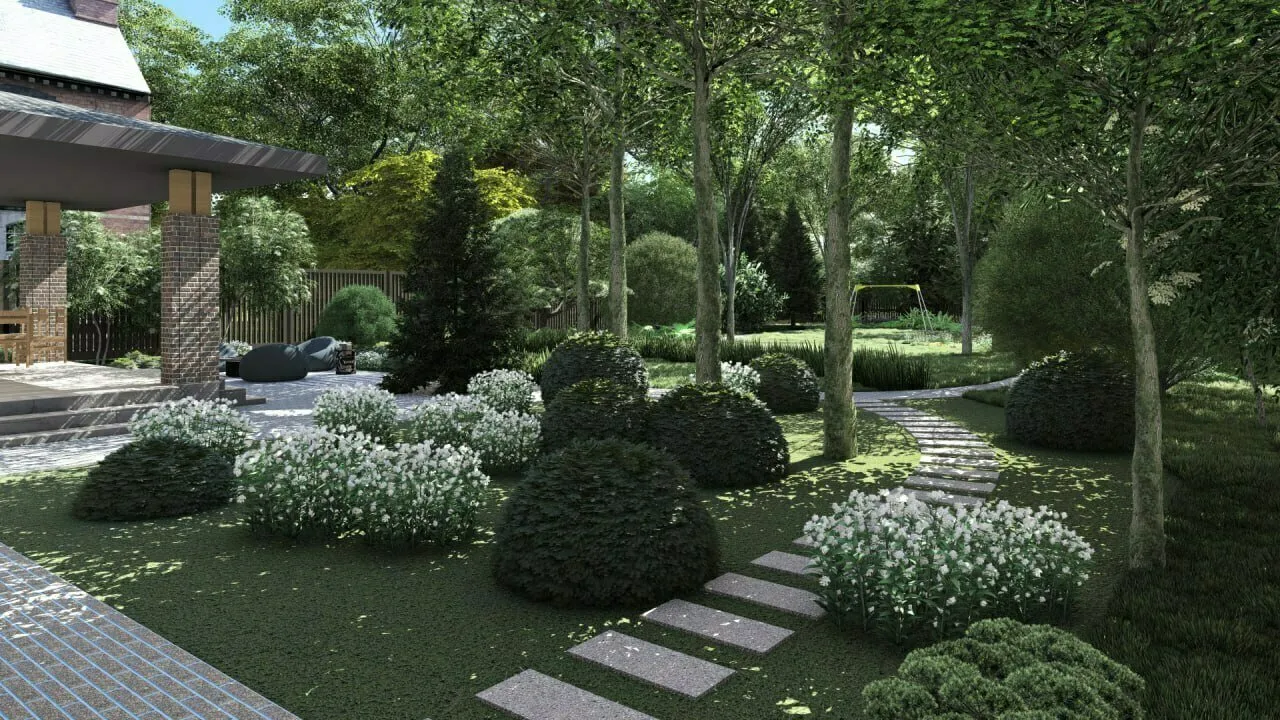
Design: Tatyana Mameeva
The next step is calculating proportions to make the garden look harmonious.
It's very simple here. The plot area is divided into several squares. There are six basic zones: the entrance zone, children's play area, relaxation/barbecue zone, utility/horticulture/inventory zone, lawn or free and decorative areas (forest, flower beds, pond). Thus, you can independently plan your garden by dividing it into these six parts. As a result, you get a ready structure.
And perhaps the cornerstone of preparation work is developing engineering plans: irrigation, lighting, and drainage. This is the key to successfully maintaining your garden. Otherwise, in less than a year, some plants will die from insufficient watering when you're away, and others from excess moisture that doesn't drain properly. It's better to consult professionals in this matter.
In short, the main task is not only to create a beautiful garden but also to make sure it lasts as long as possible.
Plant Placement Principles Inside the Garden
Plants inside the garden are arranged in an amphitheater from a visual perspective. This means that when visitors are inside the plot, they can see several levels of planting. They are arranged in the following order: perennial plants, shrub forms, medium-sized trees, and large specimens.

Design: Tatyana Mameeva
This allows the large plants to not block the view and gives the garden a multi-layered and meaningful appearance. Try walking around the plot, looking at it from different points, and then arrange plants in such a way that they follow each other in every zone.
Using Structural Plants
In our climate zone, winters are very long. But even in cold weather, the garden can delight the owner's eyes and serve as a place for rest. For this purpose, it's necessary to create a coniferous plant framework. This can include small shrubs and large trees. It's important that they are arranged harmoniously throughout the garden perimeter. Of course, one shouldn't forget about the Christmas fir!
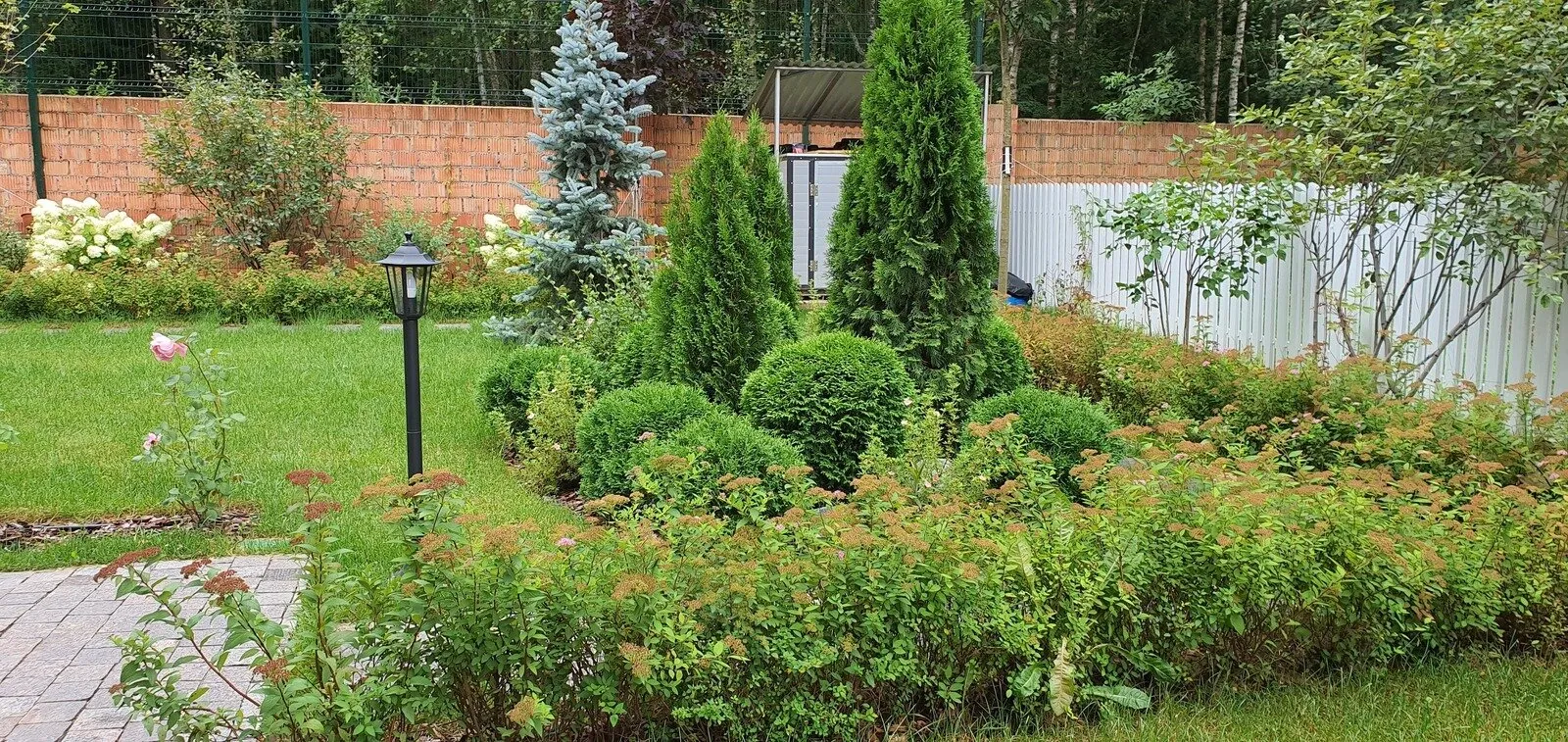
Design: Tatyana Mameeva
For summer, another leafy framework is created. It will provide color accents, especially during the transition into autumn. The main thing is to place beautiful burgundy tones across the entire area and use a "mirror effect." This means that a plant should appear in several places, thus creating a unified color palette.
Material Selection
A harmonious garden continues the style of the house. It's precisely what dictates the choice of construction and finishing materials on the plot. It's good if the garden elements also support the overall concept: for example, paths should complement retaining walls.
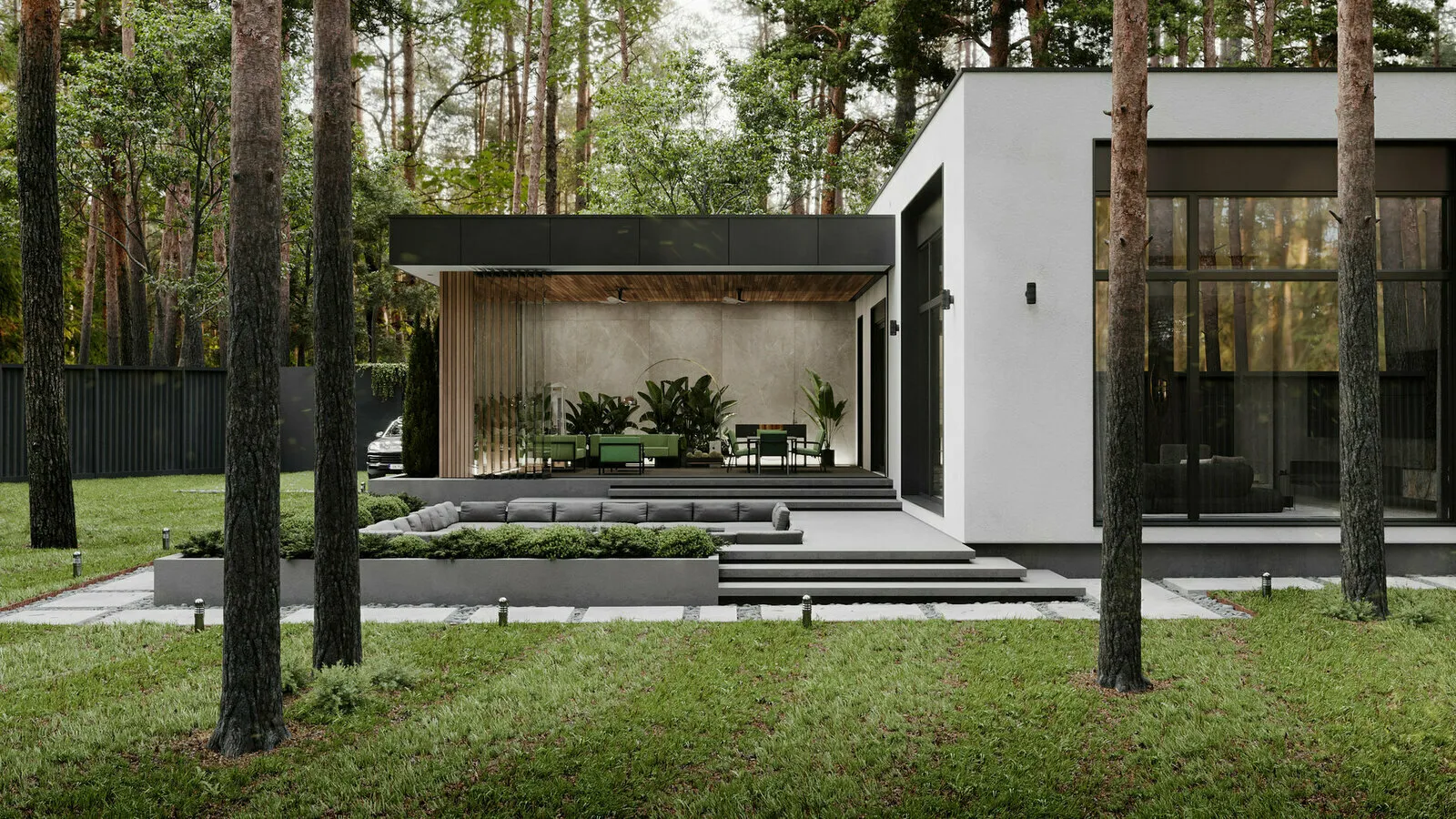
Design: Lidia Ivanova
One of the current major trends is using eco-friendly materials, not in their direct purpose but in a "convenient" way. For example, mix sea gravel and galley stone with special adhesive and use it for paths. This is very beautiful, eco-friendly, and the homeowner can walk on the trails in heels.
You can also use cobblestone or slate. If working with stone yourself is difficult, it's better to go for wood. For example, make paths from it instead of concrete structures. It would be good to incorporate water into the design to make the garden as eco-friendly as possible. This can include small fountains, ponds, or waterfalls.
The key is to avoid complex structures so that the garden looks as though nature itself created beauty around it.
Lawn
The lawn takes up to 40% of the entire garden area. Visually, it's the main element that expands the boundaries of the plot and gives space for walking, playing, and running with children. Choosing the right lawn is extremely important.
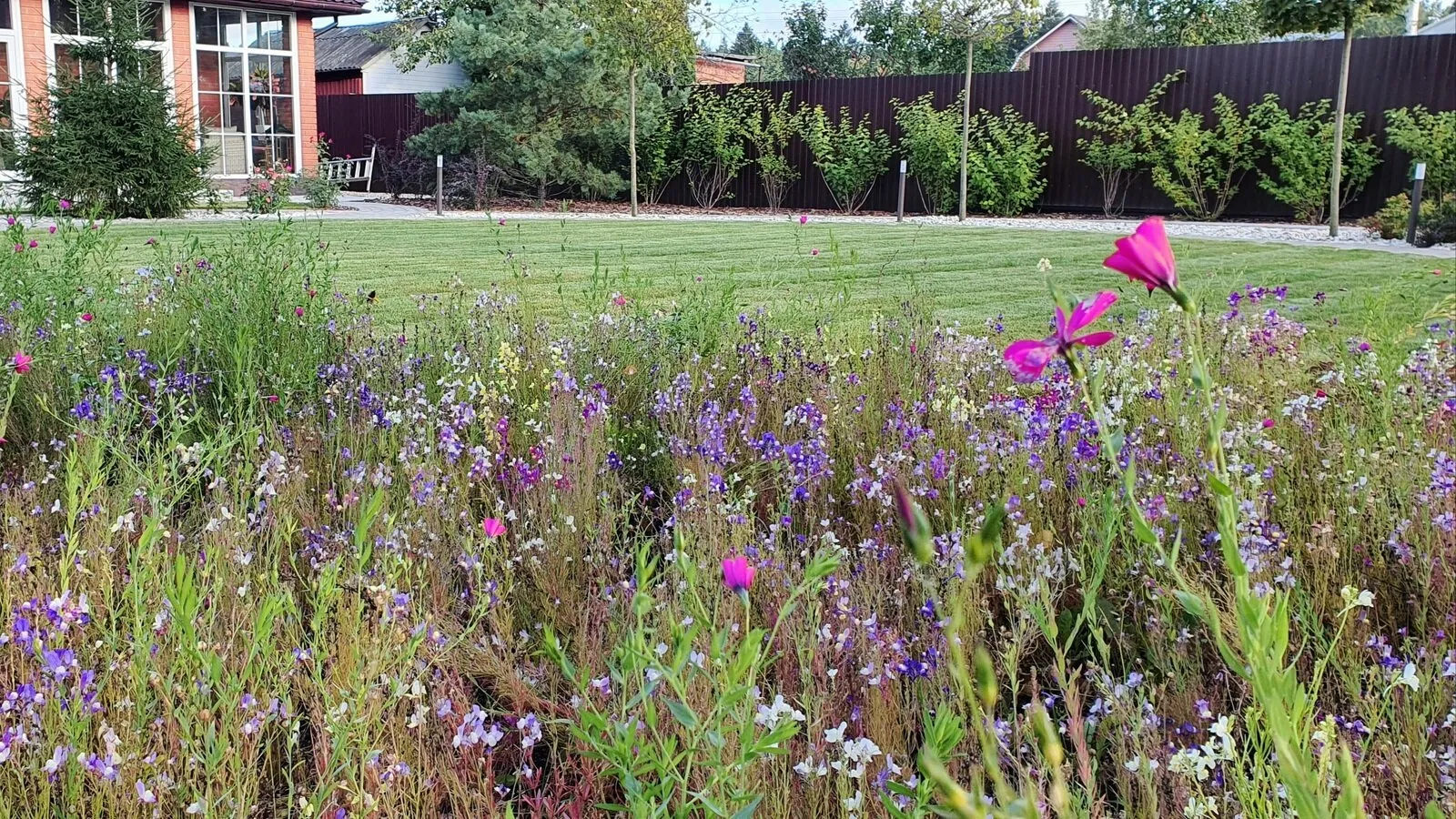
Design: Tatyana Mameeva
From a construction standpoint, a good lawn is one with a formed sub-base, whose root system is at least 2 cm deep. The second aspect of a well-designed lawn is composition. It's best to use all types of fescue grass. This type of grass, on one hand, is beautiful with a noble emerald tone, and on the other, it's soft to walk on.
Simple secrets for creating a garden will help make it not only beautiful but also long-lasting. Thoughtful design guarantees that it will serve you not for a year, but for ten to twenty years, sometimes even thirty!
More articles:
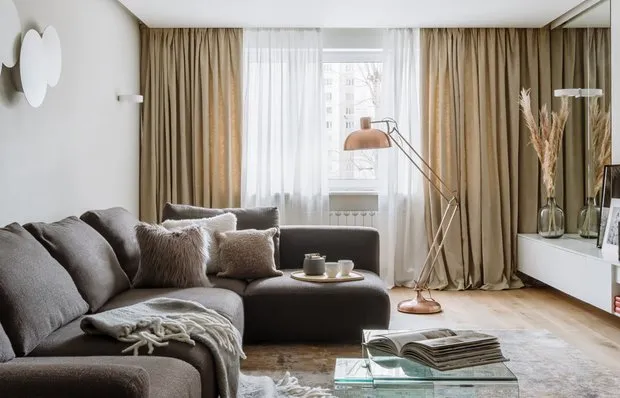 Transforming an Old Panel House into a Stylish Minimalist Interior
Transforming an Old Panel House into a Stylish Minimalist Interior 7 Great Ideas for Designing a Small Balcony
7 Great Ideas for Designing a Small Balcony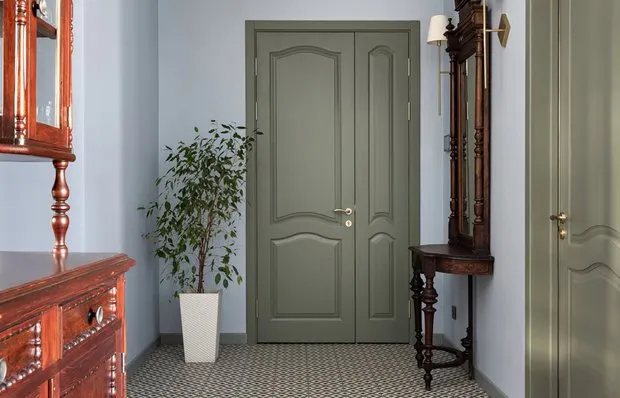 7 Tips to Make Your Entrance Hall Look More Expensive
7 Tips to Make Your Entrance Hall Look More Expensive 6 Common Mistakes in Bathroom Renovation
6 Common Mistakes in Bathroom Renovation How to Choose the Perfect Paint for the Kitchen: Expert Opinion
How to Choose the Perfect Paint for the Kitchen: Expert Opinion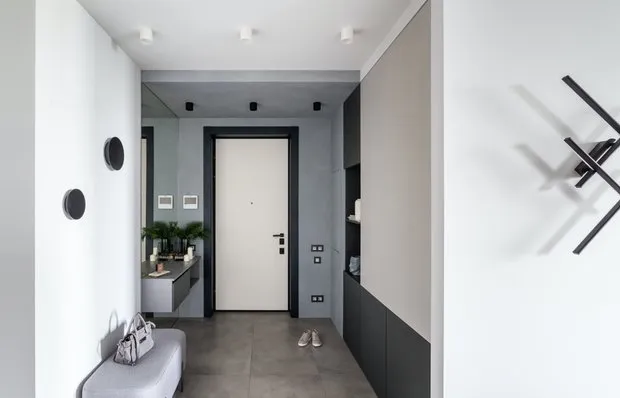 How to Choose the Perfect Paint for the Entrance Hall: Expert Opinion
How to Choose the Perfect Paint for the Entrance Hall: Expert Opinion Light Scandi Studio 62 m² with Minimal Budget
Light Scandi Studio 62 m² with Minimal Budget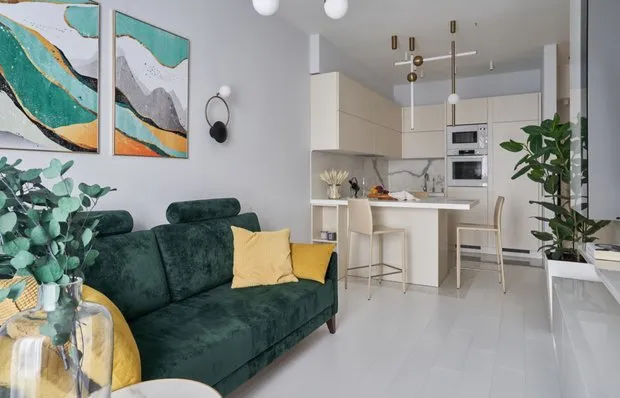 Functional and Bright 2-Room Apartment 65 m² in a Club House
Functional and Bright 2-Room Apartment 65 m² in a Club House